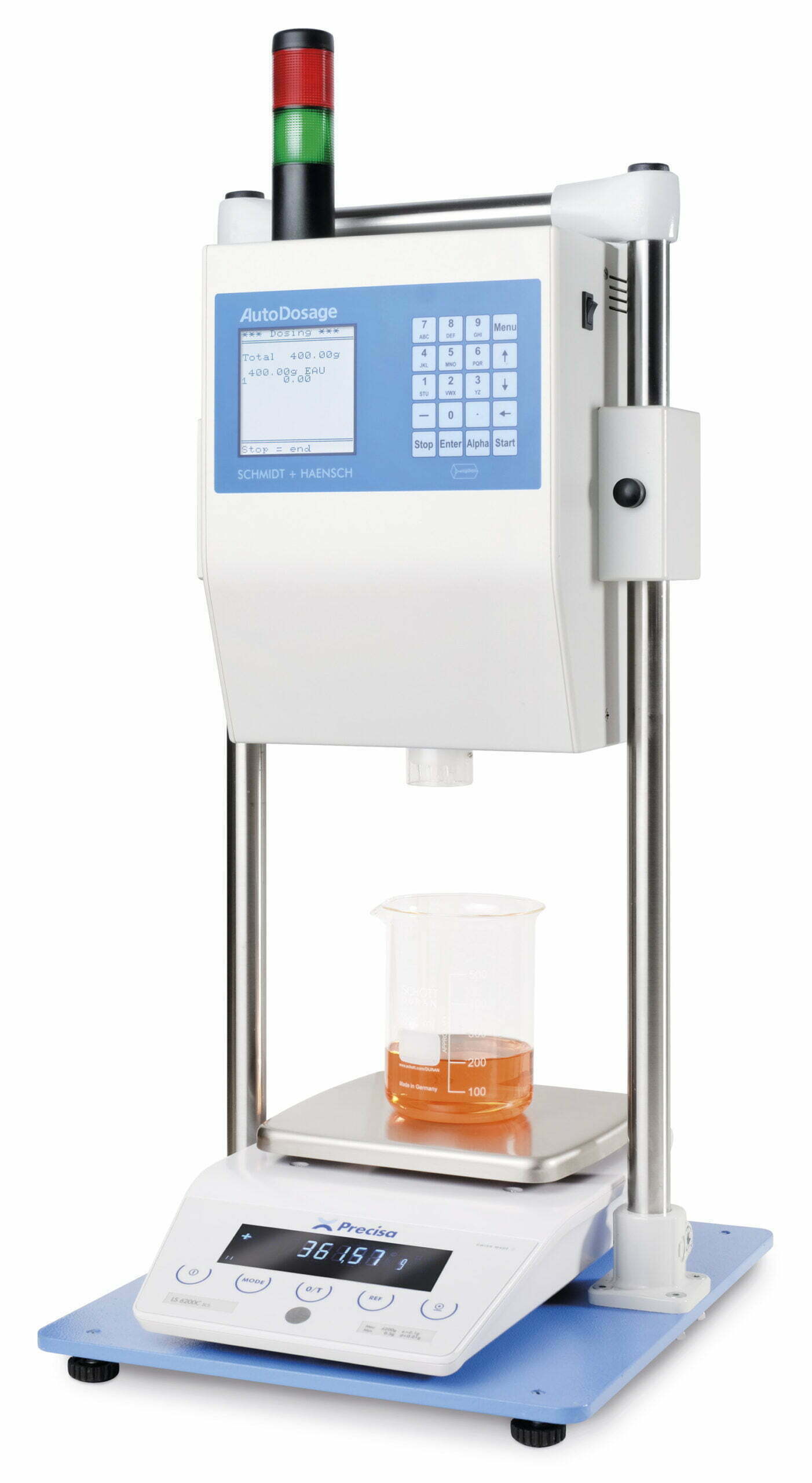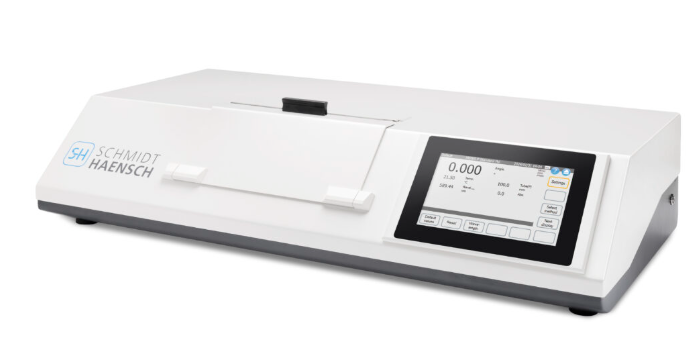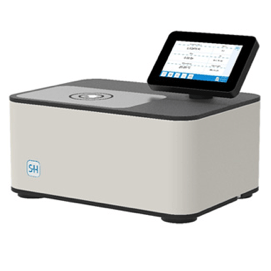Automatic dosing and dilution for laboratories
The SCHMIDT + HAENSCH AutoDosage is an universal dosing system for laboratories. The system significantly enhances laboratory workflows by ensuring precise and reproducible preparation of samples and dilutions. This leads to improved consistency, reliable results, and adherence to the highest standards of laboratory practice.
Easy to use
The system automates dosage and dilution in laboratories, enabling fast and precise preparation of solutions using three or four different liquids. The AutoDosage system allows both gravimetric (in g) and volumetric (in ml) dosing. You can configure and store up to 70 different dosage or dilution programs directly on the device.
Applications of the universal dosing system for laboratories
The SCHMIDT + HAENSCH AutoDosage system is ideal for automating dosage and dilution in routine laboratory procedures across all types of laboratories. The AutoDosage system combines high precision and reproducibility, delivering significant time savings in laboratory workflows.
Typical applications of the AutoDosage system are found in the sugar, food and beverage, chemical, pharmaceutical, and medical industries, as well as in research and development.
Features of the universal dosing system for laboratories
- Automation of dosage and dilution in laboratories
- Automatic, fast, and reliable
- Up to four different liquids
- Gravimetric (in g) or volumetric (in ml) dosage possible
- 70 different dosage or dilution programs can be set and stored
- Timesaving, error-free sample preparation
Product in depth
The AutoDosage dosing system by SCHMIDT + HAENSCH is an independent, fast, and user-friendly device designed to automate sample preparation. It uses a gravimetric approach rather than a volumetric one, ensuring superior precision and reproducibility.
This method safeguards against pipetting variations and temperature-related inconsistencies. It enables standardized and customizable sample preparation, with the capability to store up to 99 individual methods.
The signal light system provides clear visual cues: a RED light signals that dosing is currently in progress, while a GREEN light indicates that the dosing process is complete.




